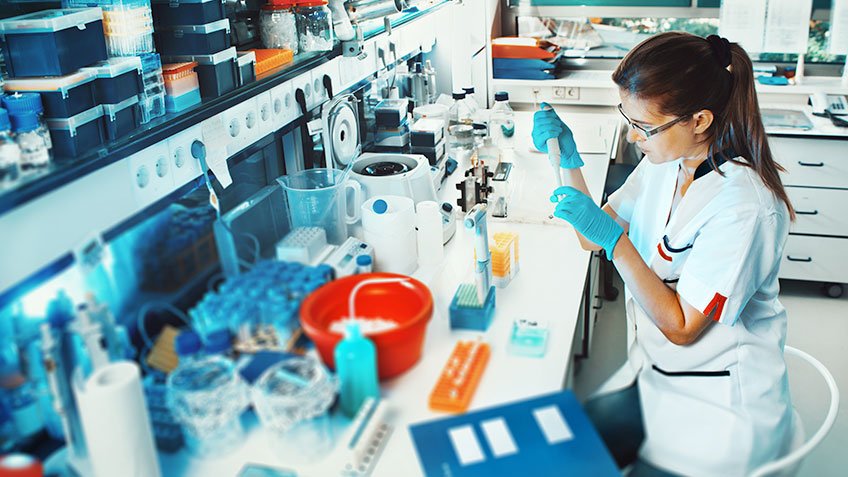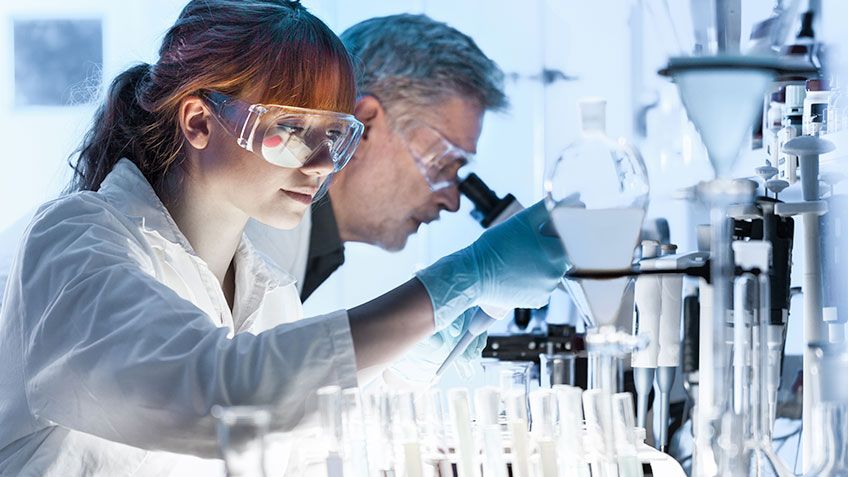Limited Capital – and Homegrown Systems
Technology transfer teams, typically comprised of both laboratory and operations personnel, face multiple issues. First, most early stage endeavors have limited financial resources.
Therefore, capital investments are based on the task at hand – providing scientists with laboratory tools directly focused on product key performance indicators (KPIs). Investing in technologies that efficiently capture data to guide larger scale operations is not a priority.
Data is still critical in the laboratory environment, of course. And given budget constraints, scientists often build custom solutions to meet their immediate needs. These homegrown data reporting systems are often “proficient enough” for early stage laboratory operations.
But disparate – and sometimes paper-based – systems are not sustainable in a production environment.
Transitioning to Digital Technology
Laboratory data is essential to commercial production. Consequently, making lab or pilot plant data easily accessible to digital automation systems is critical.
But when is the best time to begin the digital transformation of the process?
In early product lifecycle stages, introducing a fully automated system into a laboratory environment is overkill. Certainly, scientists should not be distracted from their work by complex automation systems.
The late clinical trial stage is perhaps the optimal time to introduce tools in the lab that can capture data in consistent digital formats production systems can use.
One approach: A modern DCS that can scale from user-friendly, software systems that are right-sized for labs to completely integrated plant-floor solutions.



